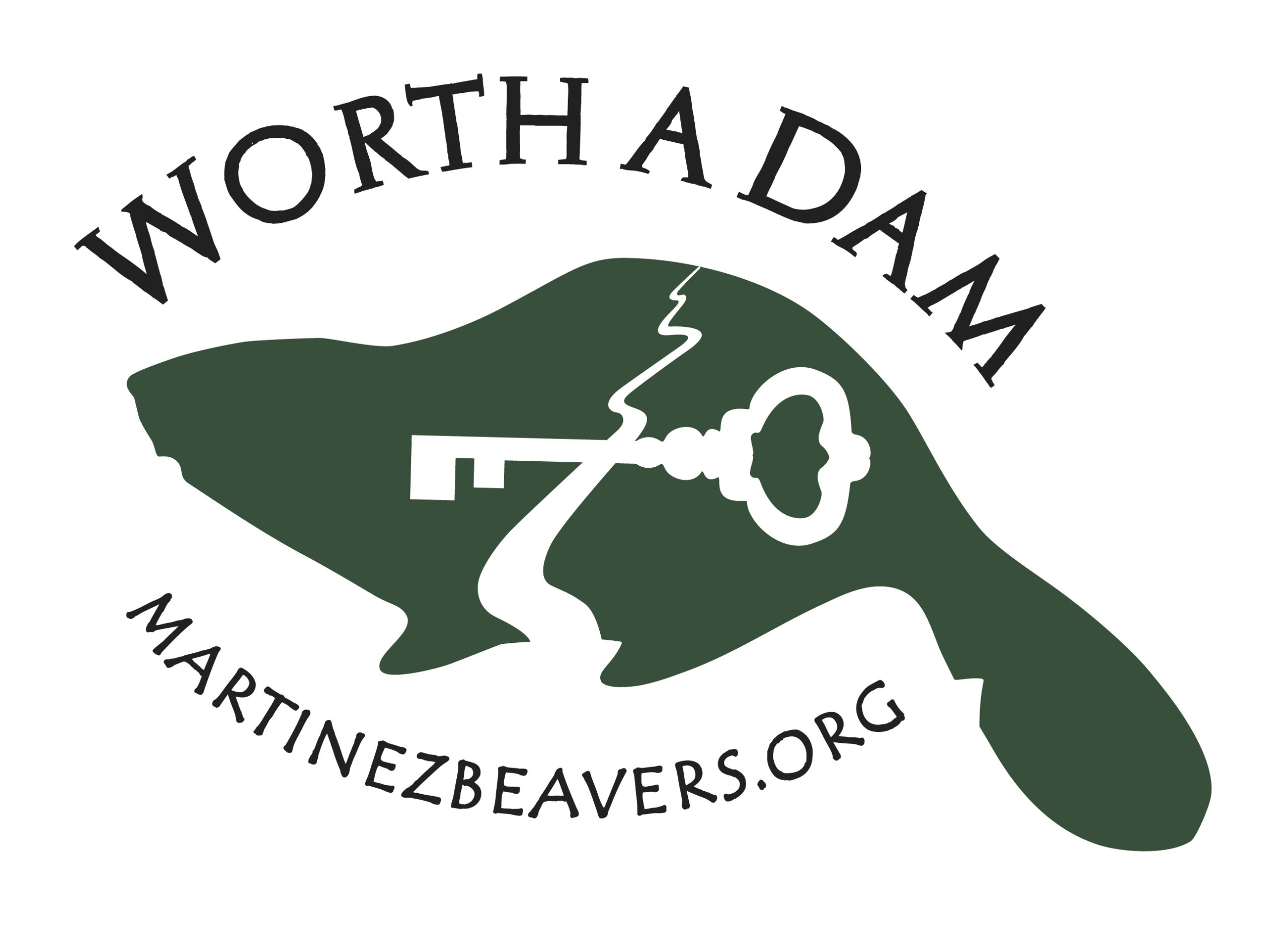Things are looking up for beavers in New Jersey! After a few concentrated advocacy efforts for the beavers out-flooding their welcome in Franklin Lakes, things are looking a bit brighter. HSUS has assigned representative Heather Cammisa to work on the project. (Turns out Heather and Gail are old friends anyway. Something about a piglet and an animal shelter?) I heard from Audubon NJ that they will respond and are decidedly pro-beaver, and Gail found out that the local zoo vet actually lives in the housing development in question and is helping her communicate alternatives to the mayor using information I sent them. We were still looking for a good media contact when I came across this article by Robert Linnehan in the Haddonfield Sun discussing beavers in another area of NJ.
What can be done of a beaver that is encroaching onto land where humans typically tread? Brees quickly contacted his good friend Sarah Summerville, director of the Unexpected Wildlife Refuge Inc., who had several suggestions.
Recognize the name? Sarah is the one who told Gail to write me in the first place! Big beaver friend. I told Gail to track down that reporter and see if she can get him interested in Franklin Lakes. Fingers crossed. Check out this lovely article.
It would appear from the air photo that the waterway in question is an unnamed stream flowing from a large pond at Tavistock Country Club’s property into Cooper River. Cooper River appears to be the northeast boundary of Crow’s Woods,” Summerville wrote to Brees. “I am happy that we share the opinion that the beaver should, if at all possible, stay in the environment. I concur, based on my knowledge of beavers and the benefits they can bring. Beavers are considered a ‘Keystone Species’ because their engineering activities create habitat that is beneficial to many other areas in the affected ecosystem.” The dams beavers create can also act as “nature’s kidney,” Summerville said, slowing water flow which allows for sediments and toxic material to filter out through the pond bed. Having a beaver in the park would also provide for an interesting educational opportunity for students and residents alike in the borough, she said.
Well, since you already learned a lot about beavers Mr. Linnehan, maybe you’d like to write something about Franklin Lakes? Gail will fill you in, and I’d be thrilled to connect you with other great sources of information if there are any questions she can’t answer. For now though, we can wait hopeful that the beavers in your swamp will meet a kinder fate than there were slated for.


